Keith Monks Prodigy
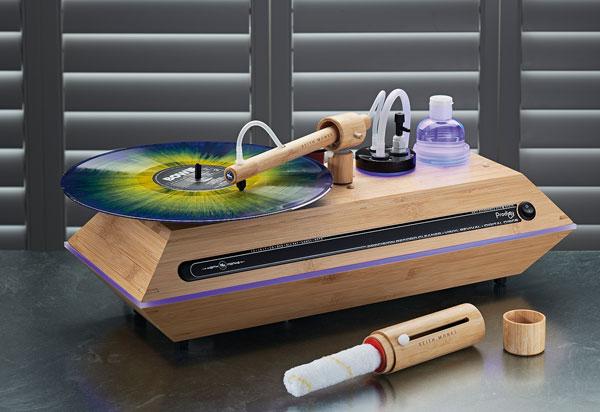
 To clean, or not to clean: that is the question: Whether ’tis nobler in the mind to suffer the pings and grimy furrows of dusty vinyl, Or to take up arms with a sea of bubbles, And by opposing end them?
To clean, or not to clean: that is the question: Whether ’tis nobler in the mind to suffer the pings and grimy furrows of dusty vinyl, Or to take up arms with a sea of bubbles, And by opposing end them?
Over 50 or so years of spinning vinyl, I’ve avoided submerging my records, careful handling and minimal intervention being the best policy, any kind of liquid intervention a sticky path to obsession and dissatisfaction.
Of course, things were easier in the beginning. Maintaining a spick and span album collection required no special effort. It’s different now. New LPs are expensive, audiophile pressings even more so. Little wonder the purchasing centre of gravity has shifted towards more vintage vinyl, much of it in need of refurbishment if its sonic goodness is to be restored.
For those seeking a more elegant, semi-automated, solution-based solution to vinyl hygiene but hitherto put off by typical record cleaning machines’ resemblance to small industrial washing machines, the Prodigy could well be the biggest thing since, well, The Prodigy.
That what is almost certainly the cutest and, being made out of bamboo, the greenest RCM – as well as the only one with multi-coloured ambient lighting – should come from the house of Keith Monks is fitting and, indeed, confidence inspiring.
It’s ironic that Keith Monks’ passing in 2005 coincided with vinyl’s second coming, but son Jonathan was determined the KM legacy shouldn’t be dormant but define a new era of record cleaning. The result, after two years of intense development, is the Prodigy. Unlike any previous KM RCM, it is slim, lightweight, relatively quiet in use, an item of bamboo designer furniture with built in LED strip mood lighting and it goes about its business in a unique way, too.
I’m sure you’re familiar with the concept. Cleaning fluid is applied evenly to reach the deepest crevices then vacuumed off, carrying any dust, grease and sundry muck with it. For the Prodigy, this amounts to roughly a teaspoonful of fresh fluid (not re-used as with some rival machines) for each side. It’s decanted from a bottle that sits in a cubby recessed into the top of the chassis and illuminated from beneath, as with the removed fluid reservoir (which also houses the suction force governing air valve regulator in its removable cap) that sits next to it, just as conveniently.
Despite the cool light show, neatly finessed with an LED strip running round its perimeter, the Prodigy can’t make an old, well-worn record play like a new one, but the idea is to make more of the music contained therein. Greater sonic heights are also on the cards for new records by removing the pressing plant’s residual mould-release agent embedded in the grooves.
The Prodigy’s world-first ‘threadless point suction’ means it does away with the previously used nylon thread keeping the point suction nozzle fractionally above the record’s surface, creating a tiny air space to allow the precision suction to function without the arm touching the vinyl. The thread would be reeled out a little at a time, but over time it could cling to the inside of the tubing, compromising suction and creating blockages. Apparently, re-threading the arm wasn’t the work of a moment either.
From the outset, the Prodigy was designed to be a far more user friendly and homely proposition than any previous RCM. And that meant ditching the thread without losing the plot. After two years of R&D, a blend of four polymers was approved to create a new nozzle tip, fine-tuned to perfect its ability to vacuum all traces of the discovery cleaning fluid without harming the record surface.
Sound quality
Easy to use? Yes, though a few aspects need practice before you acquire your black belt in vinyl vacuuming. First, secure chosen record to tiny platter with the threaded rubber puck. Next, drop blobs of cleaning fluid in a circle on or just outside the run-out groove. Power on. Centrifugal force will fling the fluid out towards the edge. Too much fluid and some of it will end up on your shoes.
Preferably before it does, use the supplied, retractable microfibre wand to spread it evenly over the record’s surface, moving it smoothly from centre to edge four or five times. I find at a slight angle helps. That done, place the suction arm’s nozzle on the innermost part of the run-out groove, give it a little waggle and stand back in amazement as, over the next two or so minutes, it methodically sucks up the glistening sheen until it finally reaches the run-in groove. Before it topples off the edge of the record, give it another waggle so the last drips are transported to the machine’s belly and not left in the run-in groove. You’re done.
A few observations. The microfibre wand could usefully be half an inch longer as, working from centre out, it’s all too easy to catch the edge of a spinning LP with its cylindrical bamboo housing. And there’s definitely an optimum amount of fluid to drip on. Too little and the nozzle will squeak, too much and you’ll end up with beads of it on the run-in groove, however much waggling you do. Finally, although many decibels shy of a 747 on the runway, the Prodigy doesn’t exactly whisper while it whirls through its motions. In a smallish room, you’ll need to crank the volume up to drown out the motor’s noise.
I think you’ll want to anyway, the better to enjoy the sonic fruits of your modest mechanical labour because I’d expect them to be remarkable, utterly engaging and hopelessly addictive soon after that. Old or new, grubby or gleaming, the Prodigy works its magic on my record collection.
Conclusion
In silent moments, surface noise, clicks and pops aren’t eliminated but subtly muted. It’s like an ultra-thin blanket of cling film has floated down onto the surface of the record. What’s new is clarity, vitality, potency and resolution. Unexpected detail appears out of nowhere. I suppose the most apt analogy is glancing at the back garden just after the window cleaner has been and noticing how much more vivid the colours of the blooms have become and that the lawn consists of individual blades of grass rather than appearing as a slightly opaque wash of green.
The Prodigy cleans CDs too but, as it will make you fall in love with your vinyl all over again, I believe that will have to wait. Hotly recommended. DV
DETAILS
Product: Keith Monks Prodigy
Type: Record cleaning machine
FEATURES
● Cleans 7in, 10in and 12in vinyl, plus 5in digital discs
● Biodegradable cleaning fluid
● Threadless point suction system (15ohm)
 |
Inside this month's issue: Arcam Radia A25 integrated amp, iFi Audio iDSD Diablo 2 DAC/headphone amp, Eversolo DMP-A8 streamer/DAC/preamp, Line Magnetic LM-845IA valve amp, Record Store Day Spring Drop, standmount loudspeaker Group Test and much, much more
|


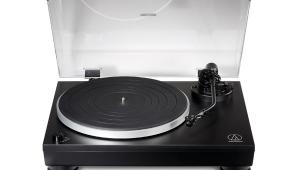
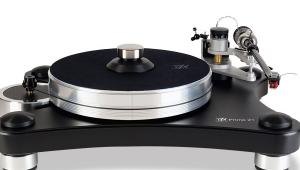
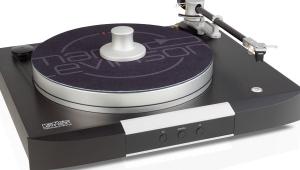
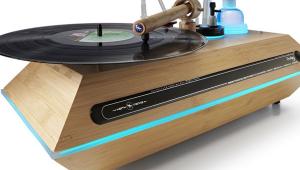
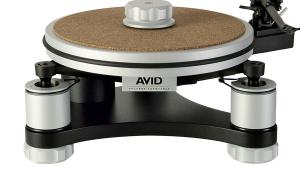
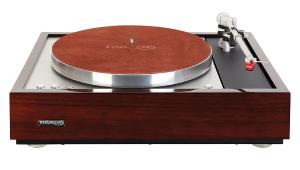

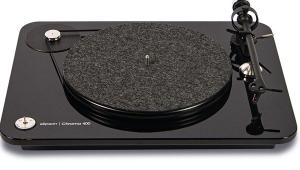
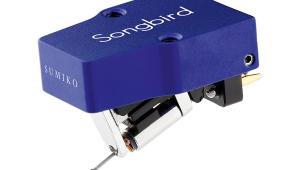
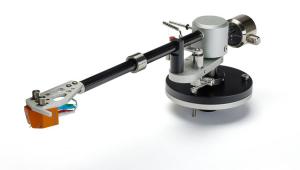
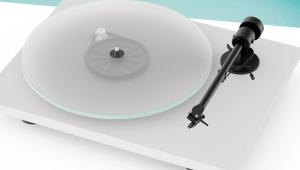
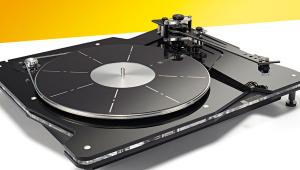
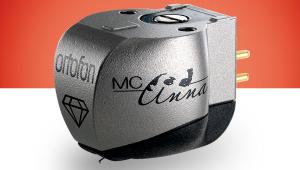
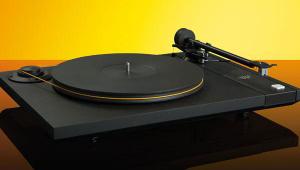






























.jpg)



